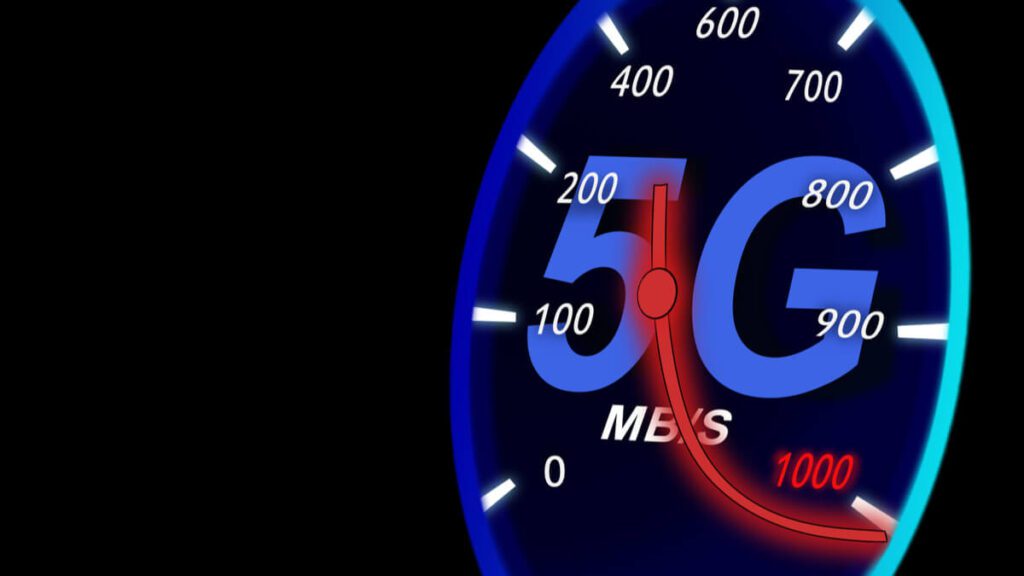Verizon planning to spend $10 billion on 5G rollout

Verizon will spend $10 billion over the next three years rolling out 5G on its new C-band spectrum.
This project comes on top of the Telco’s forecast annual spend, which will come in at $17.5 billion-$18.5 billion this year and similar in future years.
“This was a highly successful auction for Verizon, a once-in-a-lifetime opportunity,” Verizon CEO Hans Vestberg said. “We succeeded in more than doubling our midband spectrum holdings, [which] makes our spectrum position the strongest in the industry.”
Verizon was the biggest bidder in the recent C-band auction, which pulled in more than $80 billion, primarily from the three big US wireless carriers.
For Verizon, C-band is critical to close a gap in its 5G strategy, whilst Verizon’s 5G so far has relied on millimeter-wave, a very fast but short-range technology, and DSS, which shares spectrum with 4G and hasn’t shown itself to be noticeably faster than 4G.
Verizon will put in radios, add backhaul, and add power to its existing cell sites for C-band, and it has permission from the FCC to do testing, he said.
The operator’s executives focused, in particular, on the opportunity from fixed wireless for home broadband, an area in which Verizon has plenty of room to boost its market share.
Indeed, as Leichtman Research Group’s latest figures on the US fixed broadband market show, Verizon’s share of the residential broadband space was well under 7 percent at the end of last year, its customer base being dwarfed by those of major cable players Comcast and Charter and – to a lesser extent – AT&T.
The company’s home broadband offering will combine 4G and 5G – using both mmWave and C-band spectrum – and fiber. There is huge cross-selling potential between the mobile market and home broadband “that affords us the opportunity of a bigger market share,” said Ronan Dunne, CEO of Verizon Consumer Group.
Verizon’s 5G ambitions are not limited to the home broadband space, having mobile customers upgrading to 5G. the telco expects the half of its consumer postpaid phone base will have a 5G device in the next couple of years, up from 9 percent at end-2020.
Meanwhile, it expects to roll out its 5G Ultra-Wideband on C-band spectrum to 175 million people over 2022-23, rising to quarter of a billion by 2024 “and beyond” once all the spectrum it acquired at the auction has been cleared by the satellite companies.
